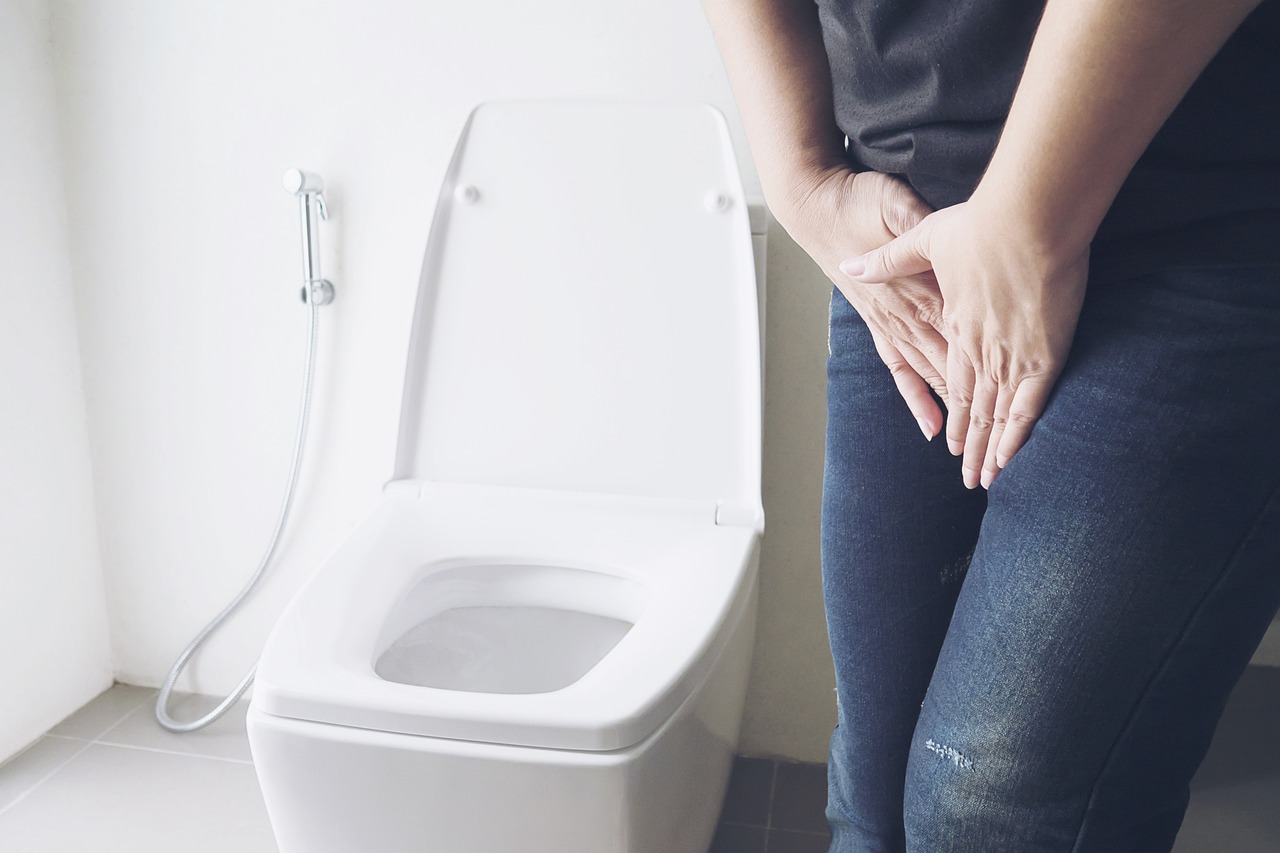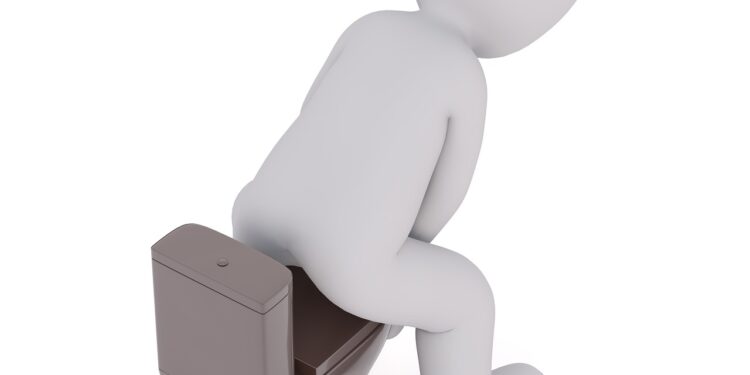Over 400 million people around the world struggle with bladder control problems. These issues are very common but many people feel too embarrassed to talk about them or even seek help for them.
Feeling embarrassed is just part of the difficulty they have to deal with. They also have to face other problems in their daily life, which in turn reduces their confidence and changes their overall routine.
Bladder control is the body’s way of managing when and how urine is released. The bladder, muscles, and nerves all function flawlessly together to support this fragile system. If this balance is off, the bladder may leak, retain too much urine, or send urgent messages at inopportune times. The good thing is that these issues can be managed. Let us look at how to diagnose and treat bladder control problems.

Diagnosis of Bladder Control Issues
When you see a doctor for bladder control problems, they’d want to know more about your medical history and give you a physical examination. First, the doctor will do a urine test. This urine test examines your urine sample for illnesses, blood, or unexpected compounds. The test results will help the doctor assess whether your urinary system is malfunctioning.
The doctor can at times use imaging tests such as x-rays or ultrasounds. These imaging tests will help the doctor see your bladder and surrounding organs clearly. This test can detect any obstructions, growths, or other issues that may be limiting your bladder’s ability to hold or release urine. Additionally, the doctor may conduct other tests like urodynamic tests. The purpose of these tests is to assess the health of your bladder. It assesses muscle function, bladder pressure, and the ease with which your bladder fills and empties. This can help the doctor in determining if the issue is caused by nerve problems or a weakening in the bladder muscle.
Treatment for Bladder Control Problems
Lifestyle Modifications: In order to treat the issue of bladder control, you’ll have to make changes in your daily routine. This could be anything as simple as changing your drinking habits, creating a bathroom schedule, or doing pelvic floor exercises. These exercises, commonly known as Kegels, help strengthen the muscles that support the bladder.
Medications: There are drugs that can help regulate these unexpected desires to urinate, just as there are drugs that worsen persistent urges to urinate and the tendency for the bladder to lose control. Your doctor can recommend these drugs to help you better control the symptoms, depending on the root cause of the problem.
Medical Devices: For some people, medical devices like pessaries, a support device inserted into the vagina, or a catheter, a tube that drains urine from the bladder, are used.
Surgery: In more severe cases, surgery is often needed. This could mean moving the bladder into place, removing obstacles, or even changing the bladder’s structure to improve its functionality.
Conclusion
Millions of people worldwide suffer from bladder control issues, yet many are too ashamed to discuss it. These problems can interfere with daily life, causing routine disruptions and a decrease in self-confidence. The good news is that bladder control issues can be managed with medication, medical devices, lifestyle modifications, and even surgery.

















